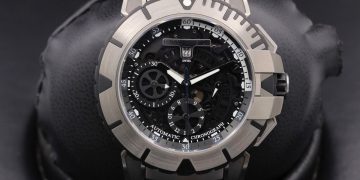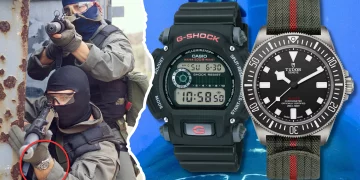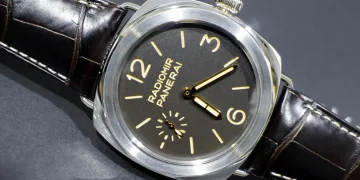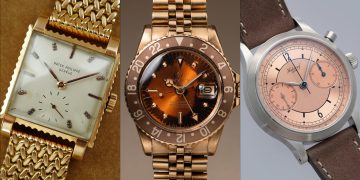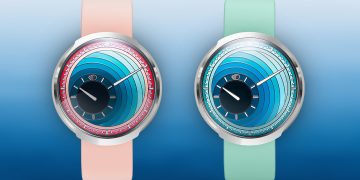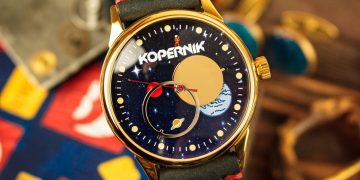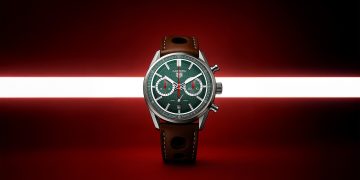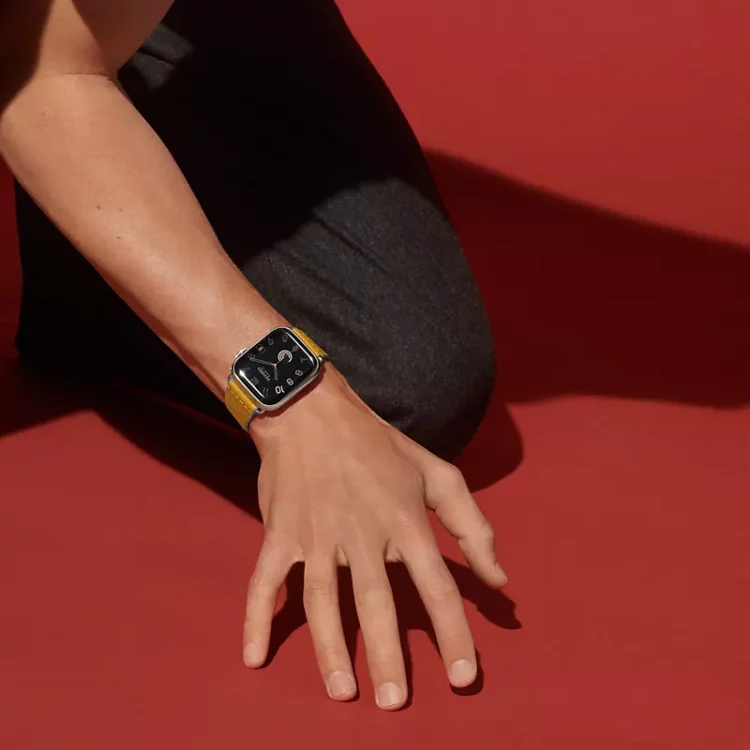Introduction: The Changing Landscape of Wearable Technology
Wearable technology has evolved from a niche gadget to an essential part of modern life. Among the leading players in this space are Apple and Garmin, two companies with distinct approaches to smartwatches and fitness trackers. The Apple Watch is often seen as the luxurious, premium wearable, favored by the tech-savvy and style-conscious consumer. On the other hand, Garmin has built its reputation on providing rugged, performance-oriented devices with a particular focus on athletes, adventurers, and outdoor enthusiasts.
This article will delve into the culture and influence of both the Apple Watch and Garmin, exploring how each brand shapes its community, interacts with its users, and impacts the wider tech and fitness culture. We will also look at how the Apple Watch’s emphasis on elegance and integration with the iPhone contrasts with Garmin’s dedication to fitness, durability, and navigation.
1. The Origins and Identity of Apple Watch and Garmin
a. Apple Watch: A Symbol of Innovation and Luxury
The Apple Watch was first introduced in 2015, marking Apple’s entry into the wearable technology market. While Apple was already synonymous with innovation and elegance, the Apple Watch aimed to combine these values with new features that catered to both the fashion-forward and the health-conscious.
- Luxury and Fashion-Forward Focus: From the beginning, Apple positioned the Apple Watch not just as a smartwatch but as a luxury accessory, with options ranging from the standard Apple Watch to the Apple Watch Edition, which featured 18-karat gold cases.
- Integration with Apple Ecosystem: Apple’s genius lies in its ability to create an integrated experience. The Apple Watch didn’t just function as a standalone device; it became an extension of the Apple ecosystem, linking seamlessly with the iPhone, iPad, Mac, and AirPods. The watchOS experience is a highly refined, user-friendly system, ensuring that the Apple Watch appeals to Apple loyalists.
b. Garmin: Built for Adventure and Performance
Founded in 1989, Garmin has long been recognized as a leader in GPS navigation and fitness tracking technology. With its deep roots in outdoor exploration, aviation, and marine navigation, Garmin was quick to transition its expertise into wearable tech.
- Rugged and Practical Identity: Garmin has always emphasized performance, durability, and specialized features tailored to athletes and outdoor enthusiasts. Unlike Apple, Garmin’s marketing focuses less on luxury and more on practicality and advanced fitness tracking.
- Professional Athletes and Adventurers: Garmin’s Fenix and Forerunner series cater to users who demand the best in GPS accuracy, battery life, and ruggedness. Garmin has successfully built a brand around adventurers, professional athletes, and fitness experts who need advanced metrics to monitor and optimize their performance.
2. Cultural Influence and Consumer Identity
a. Apple Watch Culture: Lifestyle and Integration
The Apple Watch has become more than just a device; it is a symbol of modern life for many. Apple’s brand philosophy revolves around creating products that offer elegance, simplicity, and seamless integration with users’ lifestyles.
- Affluent, Style-Conscious Consumers: The Apple Watch appeals to those who see it not just as a tool for productivity and fitness, but also as an accessory that reflects their personal style. The wide array of customizable watch faces and band options allows users to match the device to different outfits or moods, making the Apple Watch not only a functional tool but a fashion statement.
- Tech Enthusiasts and Apple Loyalists: A significant portion of Apple Watch users are already embedded in the Apple ecosystem, so for them, the Apple Watch is a natural extension of their digital lifestyle. Apple’s strategic marketing ensures that owning an Apple product becomes a part of one’s identity, providing users with a sense of belonging to the Apple community.
b. Garmin Culture: Performance and Achievement
Garmin’s culture is built around the idea of performance-driven technology. It appeals to a different segment of the market—one that values utility, precision, and durability.
- Serious Athletes and Outdoor Enthusiasts: The Garmin community is largely composed of athletes, runners, triathletes, hikers, and outdoor explorers. The brand has become a trusted name in fitness tracking and navigation, especially for those who engage in activities where ruggedness and accuracy are paramount. Garmin has earned a reputation for creating watches that not only provide detailed performance metrics but can also withstand extreme environments.
- Adventurous Spirit: Garmin’s marketing and products have resonated with those who push their physical and mental limits. The Fenix and Instinct series, for example, are specifically designed to handle harsh conditions, from mountain climbing to open-water swimming. This has helped Garmin establish a culture of exploration, encouraging users to set personal goals and achieve them, no matter the conditions.
3. Social Media and Brand Communities
a. Apple Watch’s Social Media Influence
- Apple Watch as a Status Symbol: On platforms like Instagram and Twitter, the Apple Watch is often depicted as a premium product. Users frequently share their experiences with the device, often highlighting the watch’s integration with other Apple products, its health features, and its fashionable look. In the age of self-optimization, the Apple Watch has also become a tool for users to showcase their healthy lifestyle.
- Fitness and Wellness Culture: The Apple Fitness+ integration has created a thriving fitness community around the Apple Watch. Users share their workout milestones, health stats, and fitness achievements on social media platforms, making the Apple Watch a crucial part of the broader wellness culture.
b. Garmin’s Niche Communities: Athletes and Outdoor Adventurers
- Fitness Forums and Specialized Communities: Garmin’s influence is particularly strong in niche fitness communities such as runners, cyclists, and triathletes. Forums like DCRainmaker and Garmin Connect allow users to share workout data, training plans, and adventure experiences, creating a sense of camaraderie among Garmin users.
- Ultra-Endurance and Extreme Sports Culture: Garmin has also gained traction among the ultra-endurance and extreme sports community. The brand’s smartwatches and devices are popular in activities such as marathon running, mountain climbing, and backcountry skiing, with a strong following in outdoor and adventure sports.

4. Marketing Strategies and Influence on Consumer Behavior
a. Apple Watch’s Marketing: Lifestyle Appeal
Apple’s marketing strategy for the Apple Watch has always emphasized lifestyle rather than technology. The brand positions the Apple Watch as a premium device that enhances your day-to-day life—whether that’s through fitness tracking, work notifications, or social media integration.
- Influencer Culture: Apple’s relationship with celebrities and influencers has significantly contributed to the cultural adoption of the Apple Watch. Through high-profile endorsements and advertising that features celebrities, athletes, and popular personalities, Apple has successfully cultivated a brand that is associated with success, innovation, and style.
b. Garmin’s Marketing: Performance and Expertise
Garmin’s marketing focuses more on functionality and precision, highlighting the brand’s expertise in fitness and outdoor navigation. While Garmin has sponsorship deals with professional athletes and fitness trainers, it focuses heavily on authenticity within its niche markets.
- Brand Ambassadors: Garmin’s influencers are typically athletes, explorers, and fitness experts, whose endorsement appeals to those looking for performance-focused technology. The emphasis is on trust and expertise rather than just high-profile personalities.
5. Cultural Shifts: Apple Watch vs. Garmin
a. The Rise of Wearable Fitness Technology
The culture of fitness tracking has risen dramatically in recent years, with both Apple Watch and Garmin contributing to this trend in different ways. Apple’s entry into the fitness realm with features like heart rate monitoring, activity tracking, and Apple Fitness+ has made it more accessible to a mainstream audience. Meanwhile, Garmin’s technology has been integral to the elite athlete community, establishing itself as the go-to brand for serious fitness tracking.
b. The Impact of GPS and Navigation Tech
Garmin’s early focus on GPS technology has not only shaped the company’s culture but also influenced the wider wearable tech market. Garmin’s expertise in navigation and outdoor exploration has been integral to the cultural shift toward using smartwatches as essential tools for adventurers and travelers, setting Garmin apart as a leader in this space.
6. Conclusion: The Cultural Divide Between Apple Watch and Garmin
While both Apple Watch and Garmin are leaders in the smartwatch industry, they cultivate distinct cultures and have different influences on their respective audiences. Apple appeals to a mainstream audience that seeks elegance, integration, and lifestyle benefits, while Garmin attracts users who prioritize performance, precision, and durability.
Apple Watch has become a symbol of modern luxury, while Garmin remains a beacon for those who crave rugged, functional tech for fitness and adventure. The influence of both brands can be seen across a range of social trends, from fitness tracking to adventure sports, but the way each brand has embedded itself into its community is a testament to their respective cultural identities and market influence.



